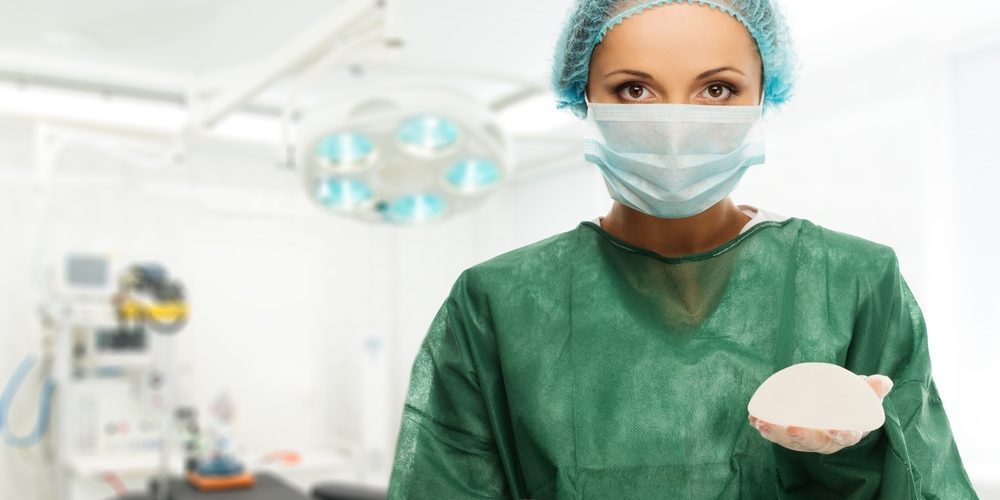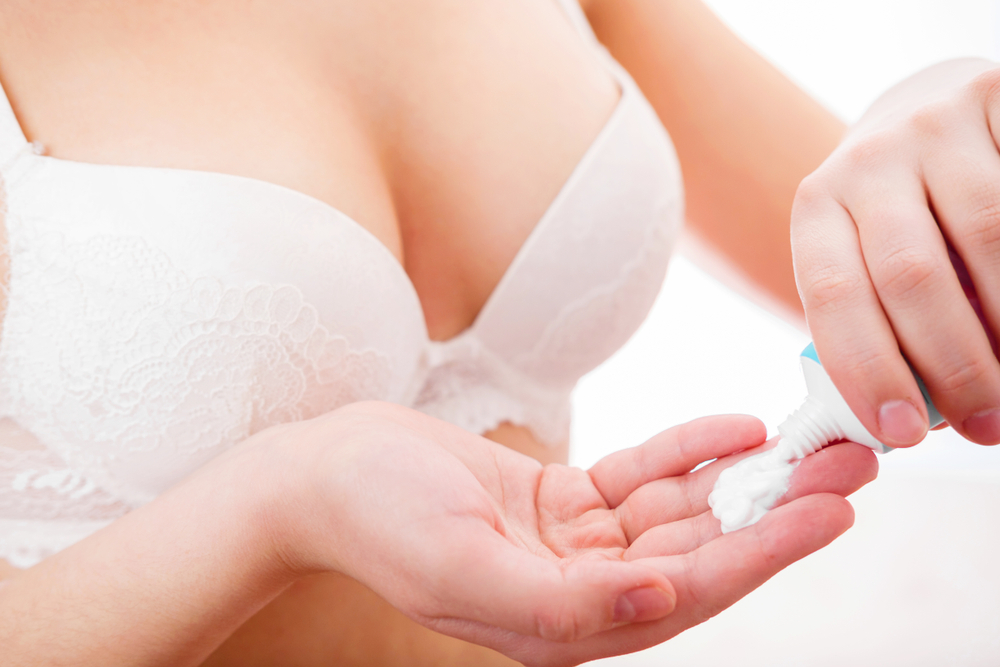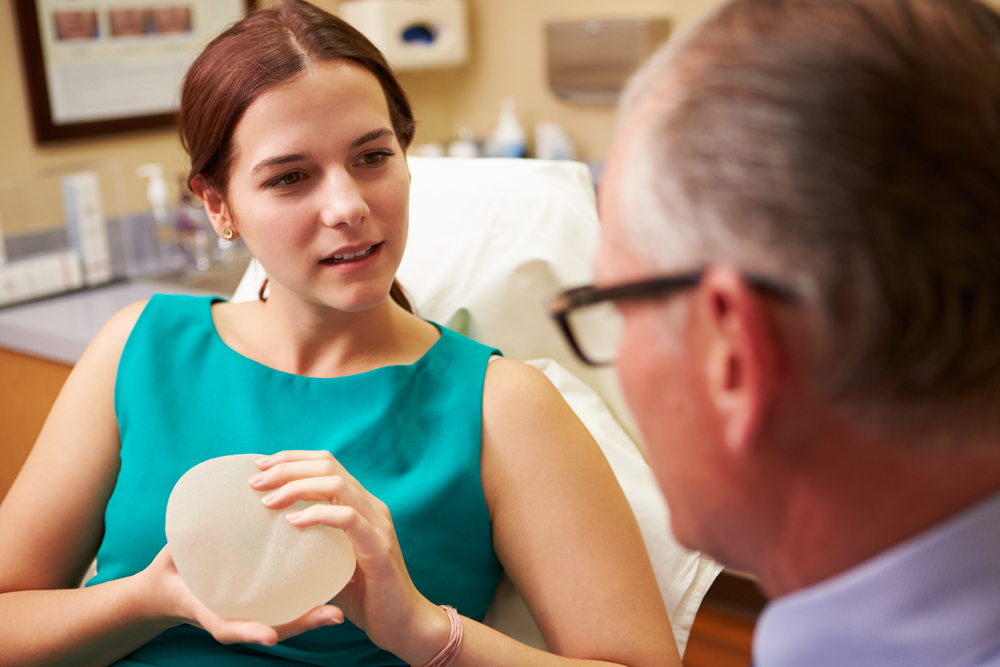- Breast implants last a long time, but they’re hardly permanent.
- Ruptures could be mild or severe, depending on the type of implant.
- It’s possible to have a breast implant rupture and not even know it.
How long do breast implants last?
The short answer is 10 years. That’s the average lifespan of a breast implant according to manufacturers. However, it’s not quite that simple.
Breast implants wear down over time, but technically “expire” when there’s a rupture (more on this below). At least, that’s when you’ll be forced to do something about them.
The American Society for Plastic Surgery (ASPS) states that the chances of a rupture increase by approximately 1% every year after the initial breast augmentation. Therefore, there’s a roughly 10% chance of a rupture at the 10-year mark.
That makes for some pretty significant odds.
But it also means that you could be looking at a rupture just a few years after your procedure. It’s important to learn more about what to expect from your breast augmentation before scheduling a surgery.
What is a rupture?
First, let’s talk about how breast implants wear down.
Put simply, breast implants are silicone shells filled with either saline (salt water) or silicone gel that sit under your skin, the glands in your breast, and often your muscle. Basically, they are added volume and weight, pushing your natural breast tissue outward to create the appearance of larger breasts.
Over time, these sacks shift and settle. Friction between them and the interior structures of your breast wear away at the silicone shell.
Sometimes, this shifting leads to rippling, which is where the implant surface can be felt or even seen through the skin of the breast. Rippling is most common when implants rest below the mammary gland but above the muscle. It isn’t dangerous, but is a sign of the sort of wear that leads to rupture.
Eventually, the implant shell breaks and the silicone or saline inside is no longer contained within the implant. This is called a rupture. Ruptures can happen even if no rippling has occurred. They also sometime happen as a result of trauma, regardless of how worn the implants are.
Ruptures may be obvious or subtle, depending on the type of implant you have. Silicone implant ruptures are more difficult to detect, whereas saline ruptures are fairly apparent. We get to this in more detail below.
How will I know if I have a ruptured implant?
If your implants are saline, then the answer is easy. More often than not, the breast containing the ruptured implant will essentially deflate. It will become smaller and less firm. The more obvious your initial implant, the more obvious this effect will be.
Silicone implants are another story. Unlike silicone implants from many years ago which were prone to leakage, silicone implants today are made of cohesive gel – more of a “jello” than a “jelly”. So when a rupture occurs, the silicone gel generally just sits there and doesn’t travel. There is also a scar capsule that forms around all breast implants that hugs the implant, generally containing any silicone gel that may bulge out of the ruptured implant shell.
Therefore, when silicone implants rupture, it’s less an obvious “deflation” and more of a silent event. Sometimes patients notice subtle changes in the shape of the breast. An ultrasound may pick up a rupture, but the most effective way to detect a ruptured silicone implant is with an MRI.
Are ruptures dangerous?
Saline implant ruptures are nothing to worry about. Saline is just sterile salt water and when it escapes from the implant, it is absorbed naturally into the body. You’ll still want to get the rupture addressed, but you don’t need to worry about the presence of saline in your body.
For silicone implants, studies show that ruptured silicone implants do not present any health risks. However, it is strongly recommended that ruptured implants be removed with or without replacement once a rupture is detected. That said, all patients who undergo breast augmentation with silicone implants are advised to be vigilant about checking for ruptures (i.e. don’t put them in and forget about them). The FDA recommends (note: “recommends”, not “requires”) that people with silicone implants should have an MRI to evaluate the integrity of their implants 3 years after surgery and again every 2 years after that.
If you suspect you might have a ruptured implant, consult with your cosmetic surgeon as soon as possible to discuss treatment options.
What lifestyle factors affect breast implant lifespan?
With words like “friction” and “wear” being thrown around, it’s tempting to think that you can prevent a rupture by limiting your physical activity or wearing less constricting bras. However, make no mistake, the expiration of your breast implants is pretty much inevitable. Limiting your lifestyle to prevent the unavoidable is only going to harm your health and happiness in other ways. There is nothing you can do to prevent this. All you can do is be vigilant and consistent with your check-ups (if you have silicone implants).
However, if you’re worried about factors you think might harm the health of your implants, don’t hesitate to ask a cosmetic doctor for more information on breast implant wear and tear.
What do I do now?
Have your implants ruptured? Okay, you now have two choices.
First, you can opt to remove the implants altogether. Many women choose to do this, seeing rupture as a sign that it’s time to embrace their natural selves. Your surgeon will simply open your breast back up as if he or she were performing a breast augmentation and remove the implant.
Of course, your skin has grown to accommodate a larger breast. Your breasts aren’t going to look exactly as perky as they did prior to your initial surgery. If the remaining tissue is sagging after the implant is removed, a breast lift can be performed to give your breasts a more natural look. Your surgeon can also graft fat from other areas of your body to add back some of the volume that was lost with the removal of the implant.
» Learn more about these options for breast implant removal.
Second, you can have the implants replaced. The procedure is basically the same, with the surgeon removing the old implants. Only before suturing you back up, he or she will put brand new implants in their place. This option is perfectly safe. There is nothing wrong with having a new implant after a rupture has occurred. If the ruptured implant contained silicone, the surgeon will first evacuate any of the ruptured silicone contents and then thoroughly wash the implant pocket before inserting a new implant. There are no downsides to having a new implant after a rupture has occurred.
» There are no downsides to having a new implant after a rupture has occurred. You can consult our medical review team for more information on breast implant revision treatment.
Can I make changes to my implant when I get it replaced?
Absolutely, you can change the size and type of your implant. Consult with our medical review team to find out more about recommended options
Does type or size matter when it comes to lifespan?
All implants, both silicone-filled and saline-filled, are made of the same silicone shell. Therefore, all will have a similar chance of rupturing after a certain point.
Size doesn’t matter all that much. The outer shell of an implant is equally strong as that of others regardless of its size. Therefore, you’re looking at the same time frame when it comes to general wear.
Not if, but when?
Breast implants are not permanent. This is a fact. So if you are looking to get breast implants, understand that you almost certainly have a surgery or two in your future. Go in with that expectation in mind and you might be pleasantly surprised when your implants last 20 years.









